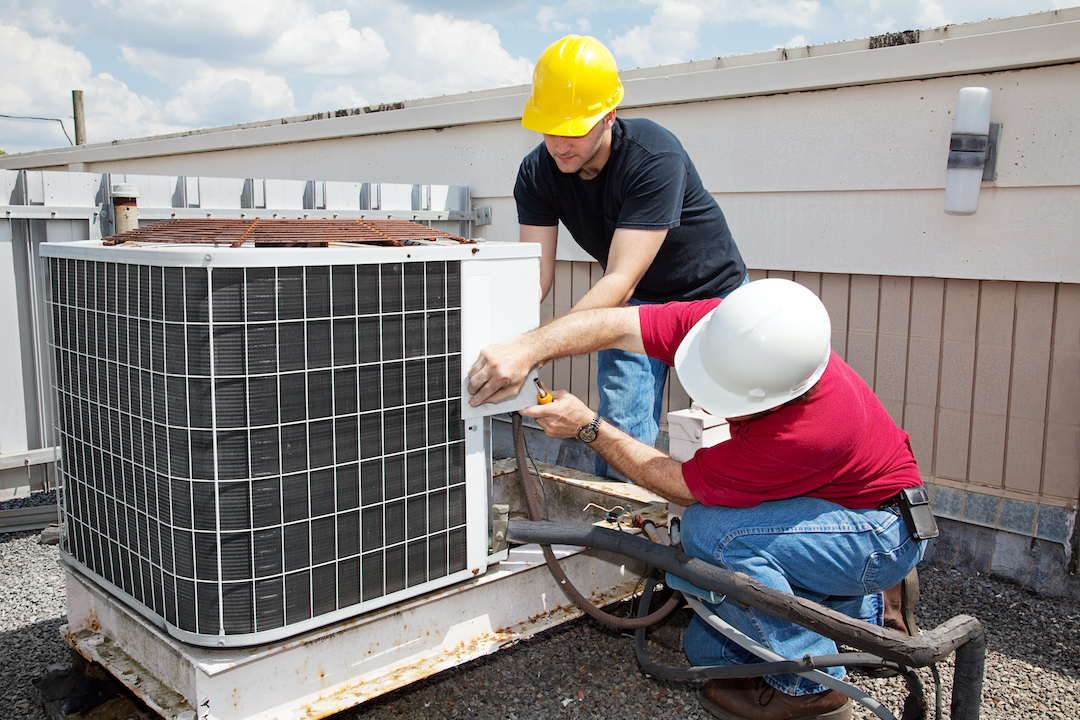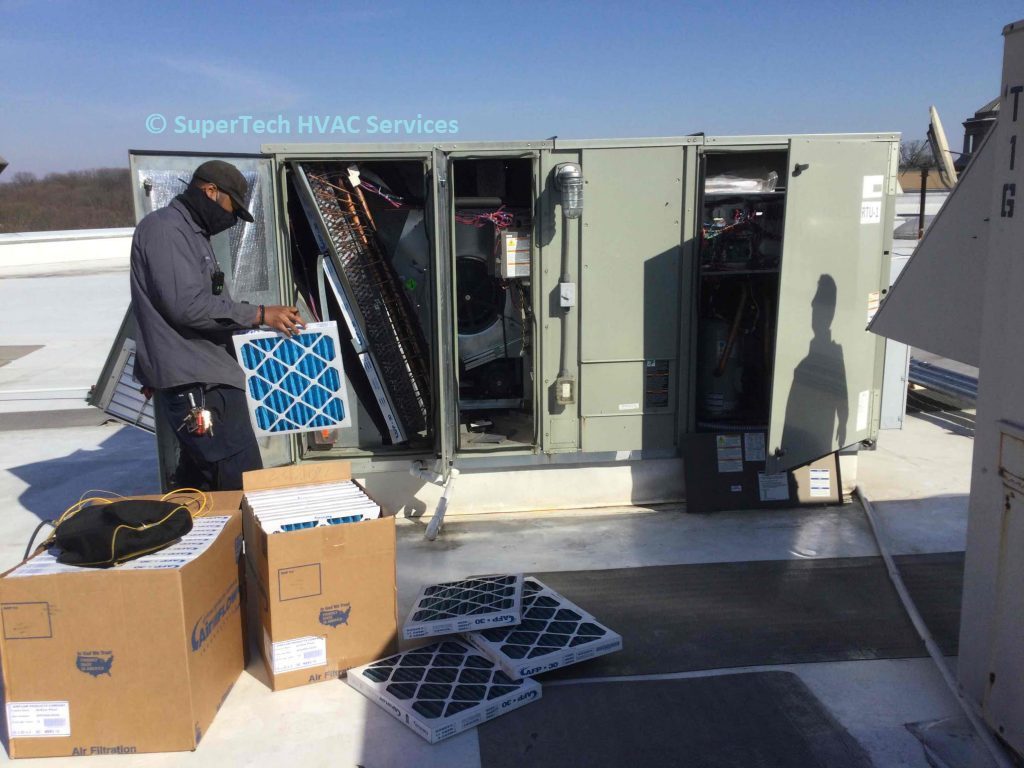Adopting ductless mini splits: A Wise Investment for Energy-Efficient Living
Adopting ductless mini splits: A Wise Investment for Energy-Efficient Living
Blog Article
Exactly How a Heat Pump and Furnace Work Together to Optimize Your Home's Heating Effectiveness
Comprehending how a warm pump and heating system work together is vital for property owners looking for reliable heating options. Each system has its strengths, providing a well balanced strategy to home convenience. The warmth pump excels in modest temperatures, while the heater provides rapid heat throughout severe cold. This harmony not only decreases power prices yet also enhances the life expectancy of both devices. What variables affect this cooperation, and how can property owners optimize their advantages?
Recognizing Warmth Pumps: Just How They Work
Several people might be unknown with their internal operations, warm pumps play an important role in modern home heating systems. These tools run by transferring warm from one area to one more, utilizing the concepts of thermodynamics. In cooler months, a heatpump essences heat from the outside air, ground, or water, and transfers it inside to heat the home. Conversely, throughout warmer months, it can turn around the procedure, serving as an ac system by removing warm from inside to the outside.Heat pumps include an evaporator, compressor, condenser, and growth shutoff. The cooling agent within the system takes in warm as it evaporates at reduced temperature levels and pressures. The compressor then raises the stress and temperature level of the refrigerant, allowing it to launch heat as it condenses. This reliable process can significantly reduce power intake contrasted to typical home heating techniques, making warm pumps a lasting option for environment control in homes.
The Function of Heating Systems in Home Heating
Furnaces play a crucial function in home heating by offering a trustworthy source of warmth throughout the chillier months. They run by producing warmth through burning or electric resistance, dispersing it throughout the home through air ducts or glowing systems. The effectiveness of a heating system is typically gauged by its Annual Fuel Utilization Effectiveness (AFUE) ranking, which indicates exactly how efficiently the unit transforms fuel right into heat.Furnaces can make use of numerous energy resources, consisting of gas, lp, power, or oil, enabling house owners to choose one of the most ideal option for their demands. Unlike heatpump, which may struggle in severe chilly, furnaces maintain constant performance, making certain that indoor temperatures continue to be comfy no matter outside problems. Furthermore, contemporary heating systems typically come geared up with advanced innovation, such as variable-speed blowers and smart thermostats, enhancing their effectiveness and responsiveness. This adaptability makes furnaces an essential component in all-encompassing home heating approaches.

Advantages of Making Use Of Both Equipments Together
Incorporating the toughness of both heating systems and warm pumps can cause a much more reliable and effective home heating option. Making use of both systems permits house owners to make the most of the warm pump's power effectiveness throughout milder temperatures while counting on the heating system for more extreme cold problems. This twin approach can significantly minimize power costs, as heat pumps consume less electrical energy than typical home heating techniques when temperatures are moderate.Additionally, using both systems with each other can boost comfort levels in the home. Heatpump can offer regular, also heating, while furnaces can rapidly increase ambient temperature levels when needed. The combination of both systems can expand the life expectancy of equipment by decreasing wear and tear on each unit, as they share the workload. Ultimately, property owners can enjoy a balanced, cost-efficient heating option that readjusts seamlessly to varying weather problems, making sure a cozy and welcoming home throughout the cold weather.
How Warmth Pumps and Furnaces Complement Each Other
They develop a corresponding heating system that takes full advantage of efficiency and convenience when home owners incorporate warm pumps and heaters. Warm pumps operate by moving heat from the outside air or ground, making them extremely effective in moderate environments. They succeed during milder temperature levels, providing cost-effective home heating. Alternatively, furnaces produce heat through combustion or electrical resistance, providing solid, instant heat throughout extreme chilly conditions.The combination of these two systems enables vibrant adjustments based on temperature variations. During warmer months or milder winter season days, the heatpump can take the lead, conserving power and reducing costs. As temperature levels decline, the furnace can seamlessly engage, making certain regular heat throughout the home. This harmony not just enhances energy usage but also improves the life expectancy of both systems, as each device runs within its optimal performance array. With each other, they create a well balanced environment that adjusts to differing environment demands.
Maximizing Effectiveness: Tips for Homeowners
Home owners can boost their home heating performance through several useful methods. Developing a regular maintenance routine, incorporating wise thermostat technology, and carrying out efficient insulation and securing options are vital actions. These actions not just boost comfort however also reduce energy costs.
Routine Upkeep Arrange
To ensure optimal home heating performance, establishing a normal upkeep routine is crucial for any type of home. Home owners ought to focus on regular assessments of both heat pumps and heating systems to identify peak efficiency. This consists of transforming air filters every one to three months, as clogged up filters can considerably lower efficiency. Furthermore, organizing professional maintenance at the very least when a year allows technicians to identify and attend to potential issues before they intensify. Property owners ought to additionally cleanse the warmth pump's outdoor device to avoid debris build-up that can prevent air flow. By sticking to a normal upkeep timetable, homeowners not just improve their furnace' efficiency yet also prolong their life expectancy, leading to greater comfort and minimized power expenses throughout the chillier months.
Smart Thermostat Assimilation
Incorporating a clever thermostat right into look what i found a home heating unit can significantly improve power performance, particularly as it permits for precise control over temperature setups. These tools can find out the property owner's timetable and preferences, automatically readjusting the temperature level to maximize convenience while minimizing power usage. They can reduce home heating during times when the home is vacant, lowering unnecessary consumption. Several wise thermostats likewise give real-time power usage information, enabling property owners to make informed choices concerning their home heating behaviors. In addition, remote gain access to via smart device apps enables individuals to change setups from anywhere, guaranteeing the home is cozy upon return. Overall, clever thermostat combination not only enhances convenience but considerably adds to power financial savings and performance.
Insulation and Securing Solutions
Smart thermostats play a crucial role in power effectiveness, however their efficiency can be substantially improved by proper insulation and sealing options. House owners should focus on insulating attic rooms, floorings, and wall surfaces to decrease warm loss. High-grade insulation materials, such as spray foam or fiberglass, can greatly enhance thermal resistance. Furthermore, sealing voids around ducts, doors, and windows avoids cool air infiltration and warm getaway. Weatherstripping and caulking work techniques for dealing with these leakages - heat pump service. Regular examinations for air leakages, along with making use of blower door examinations, can assist recognize problem areas. By buying insulation and securing, house owners can enhance the efficiency of their heating unit, ultimately bring about lowered energy consumption and reduced energy expenses
Typical Misconceptions About Warm Pumps and Furnaces
What misconceptions surround heatpump and furnaces? Numerous individuals wrongly think that warm pumps are inadequate in chillier environments. In truth, modern warm pumps are made to run efficiently even in low temperature levels, offering trusted heating throughout winter season. Another common myth is that heating systems are always a lot more efficient than heatpump. Nonetheless, this depends upon the details energy resources and efficiency scores of the units concerned. Some may also assume that utilizing both systems concurrently is unneeded, however as a matter of fact, this combination can optimize home heating performance, particularly during severe weather condition conditions. Furthermore, individuals frequently think that heatpump need continuous upkeep, when in reality, they have similar upkeep requires to typical furnace. By unmasking these myths, house owners can make even more enlightened choices concerning their home heating alternatives, eventually bring about enhanced convenience and energy effectiveness in their homes.
Maintenance Considerations for Combined Equipments

Often Asked Questions
Can Warm Pumps Work Effectively in Extremely Cold Climates?
Heatpump can battle in exceptionally chilly environments due to minimized efficiency and warmth removal constraints. Improvements in innovation have actually led to models designed for far better efficiency in such problems, boosting their feasibility in severe environments.
For How Long Do Warm Pumps and Furnaces Normally Last?
Heatpump commonly last 15 to twenty years, while heaters have a life expectancy of 15 to three decades. Normal maintenance can prolong their longevity, ensuring efficient procedure and click resources minimizing the need for early replacements.

What Is the Average Cost of Putting Up Both Systems?
The typical expense of setting up both a heat pump and a heater usually varies in between $5,000 to $10,000 - heat pump service. Variables affecting this price include system dimension, installment intricacy, and regional labor prices
Exist Tax Obligation Motivations for Utilizing Energy-Efficient Heating Systems?
Numerous home owners ask concerning tax obligation rewards for energy-efficient heater. Different federal and state programs typically provide rebates or debts, encouraging the fostering of lasting modern technologies to reduce power intake and advertise environmental duty.
How Do I Choose the Right Size Heatpump and Heating System?
Choosing the best dimension heatpump and heater involves calculating the home's square video, taking into consideration insulation quality, and evaluating neighborhood environment. Consulting a professional can ensure excellent system efficiency and energy effectiveness based on certain demands. heat pump service. Comprehending exactly how a warm pump and heating system work together is crucial for homeowners seeking effective heating options. In cooler months, a warmth pump essences heat from the outdoors air, ground, or water, and transfers it indoors to heat the living room. When homeowners integrate heat pumps and furnaces, they develop a complementary home heating system that takes full advantage of performance and comfort. Warm pumps run by transferring heat from the outdoors air or ground, making them highly reliable in modest climates. Heat pumps can have a hard time in extremely cool climates due to lowered efficiency and heat removal constraints
Report this page